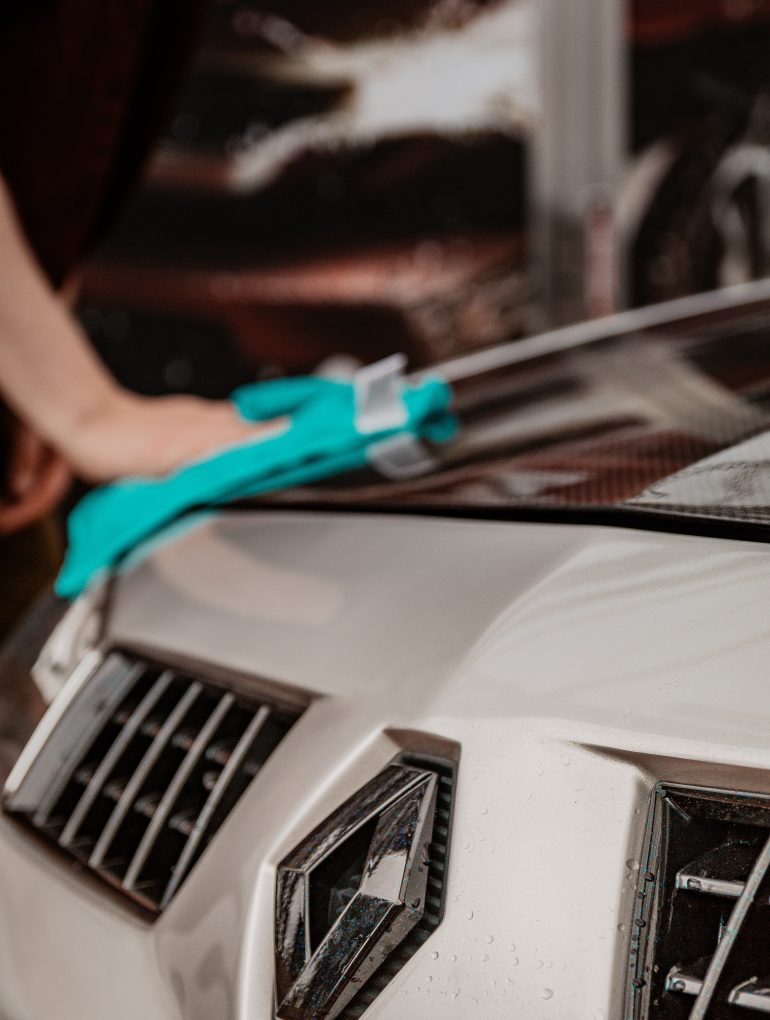Renault cars are manufactured by Renault S.A., a French vehicle manufacturer producing cars, vans, buses, tractors, and trucks. The company is well known for numerous revolutionary designs, security technologies, and motor racing.
Producing cars since late 1898, the Renault corporation was founded in 1899 as Société Renault Frères by Louis Renault, his brothers Marcel and Fernand, and his friends Thomas Evert and Julian Wyer. Louis was a bright, aspiring young engineer who had already designed and built several models before teaming up with his brothers, who had honed their business skills working for their father’s textiles firm. While Louis handled design and production, Marcel and Fernand handled company management.



